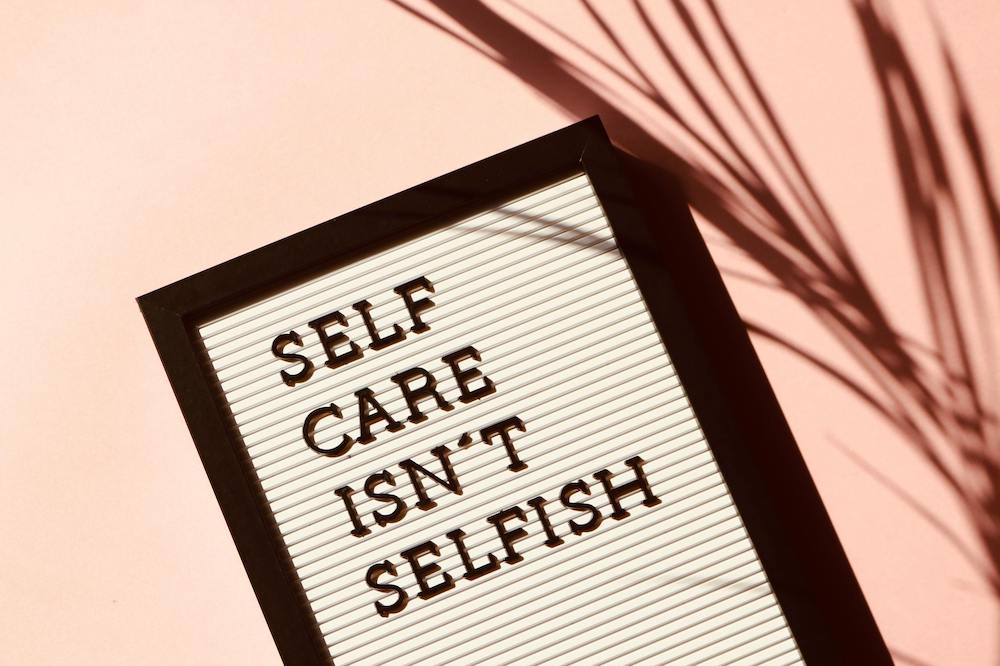
07 May Top Tips for Reducing Stress, Depression & Anxiety in Motherhood
New motherhood, or repeat motherhood can sure pile on the stress. Sometimes it’s so gradual that we don’t notice it until we’re barely hanging onto the pace of work and family schedules; not to mention those pesky expectations we put on ourselves! May is Maternal Mental Health month. In honor of Spring and new beginnings, let’s look at realistic ways to reduce stress, depression and anxiety in motherhood.
Stress in motherhood happens for many reasons, such as lack of alone time or lack of time at all with overscheduled children and overflowing family obligations. In a fast-paced American culture, there is a constant need to keep up with social pressure and get through a never-ending “to-do list.” This can rapidly lead to caregiver burnout or a simple lack of joy in life, putting a mother at risk for depression and anxiety.
Increased stress takes over time for self-care. Tensions and frustrations can arise in partnerships, often because of a lack of perceived support. To compound this, social comparisons with other families, often neatly curated on social media for public consumption, can make a mother feel inadequate or like she’s failing in motherhood. All of this can overshadow real life stressors like income concerns, relationship problems, and professional demands from the work environment. Whew!
The truth is, it’s not possible to avoid stress in life. And it’s not even advisable. Stress is a part of life and it’s important to develop healthy tools and coping skills to manage it. Stress can be both positive and negative. Living in a carefully crafted bubble devoid of stress risks diminishing the beautiful, spontaneous joys in life. However, a disorganized, chaotic and overscheduled mother is a recipe for anxiety and depression. Every woman’s threshold for stress is different so the answers to reducing stress are different for every woman as well.
Here are some starter tips for retooling the life of a stressed out mother:
- Make a family schedule. Use a whiteboard, shared app and/or family ipad accessible in the main area of the house. With this tool, everyone is on the same page and understands time and activity preparation and expectations.
- Reduce weekly activities. Recruit the family to discuss and reduce activities to favorites, meaning skills and abilities they really want to develop and invest time and money in.
- Leave time for free time! Leave time everyday, whether it’s 15 min or 1 hour, for spontaneous connection with your children and partner. This is where heartfelt connections are made.
- Delegate tasks to the family. Every member of the family, even the smallest, can contribute in some way to the functioning of the household. Living in a home is a community experience, not the sole responsibility of a mother. Each person is responsible for the footprint they make in the home. Create a chore list and enforce it until it becomes an integrated habit for the children.
- Delegate tasks to paid/unpaid help. Look at the ways you are spending your time. Are there resources you can allocate to pay a caregiver to transport the kids to/from school/activities, deep clean the house bimonthly, or babysit weekly for a girl’s night/date night?
- Increase your feelings of wellbeing through self-care: nutritious food, regular exercise, and quality sleep. These don’t have to be cataclysmic changes. Start small: change one thing about your diet you’re not happy with. Perhaps try one of those pre-planned meal delivery services that cater to nearly every specialized diet. Commit to a 20 minute walk or weight lifting every day, or a stream a yoga class.
- Make a zone in your home that is just for you. The rest of the house is shared with your family. Find a space that is just your own, where you can retreat to for recharge. This may mean creating art or practicing quiet prayer, meditation, or progressive relaxation.
- Finally, use all of this new free time to develop your support system. Make one night a week a girl’s night with your friends; attend a book club; or drop-in an adult dance class. Maybe, if more formal support is needed, attend a weekly Mom’s group or professional therapy session.
How you create your family schedule and develop your family philosophy is personal and in resonance with your threshold for stress and your personal values. Resist the urge to compare yourself, the way you mother, or the success/struggles of your family with other families. We are each on our own journey.
If you feel your stress has reached a tipping point, and you’re in a mental health crisis, click here for immediate access to help.
REFERENCES:
- Centers for Disease Control (CDC). (2016). Associations of social support and stress with postpartum maternal mental health symptoms: main effects, moderation, and mediation. https://stacks.cdc.gov/view/cdc/58193
- Lowdermilk et al. (2016). Maternity and women’s health care. Elsevier Inc.
- Photo by Madison Inouye from Pexels: Self Care Isn’t Selfish Signage. https://www.pexels.com/photo/self-care-isn-t-selfish-signage-2821823/



